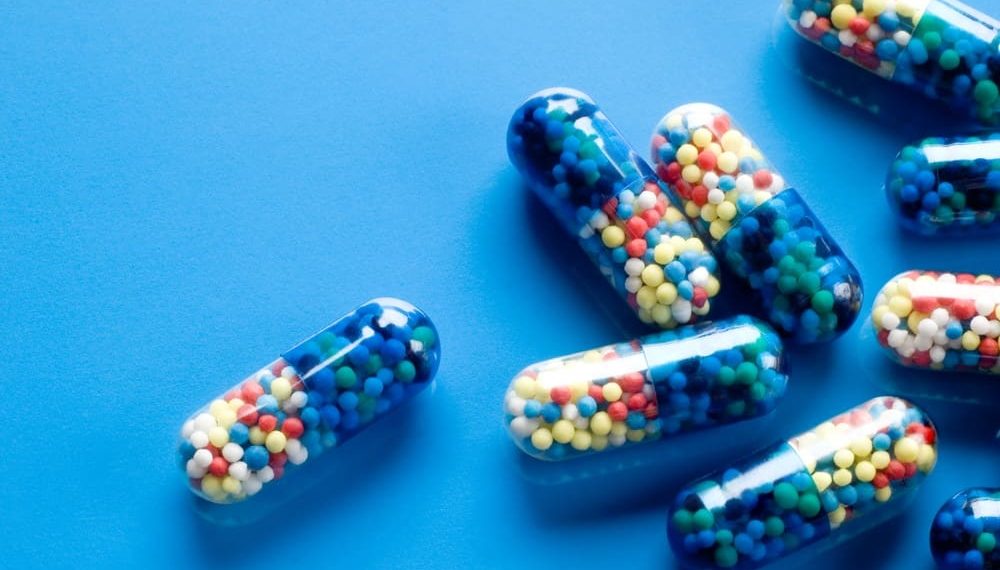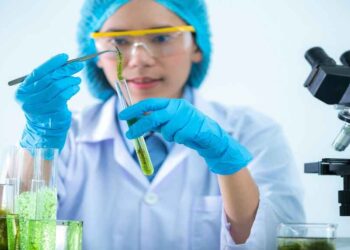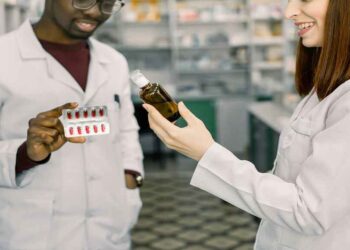It is worth noting that the pharmaceutical sector happens to be steadily shifting toward what are known as biologics, or biological drugs. The fact is that the previous generation of chemically synthesized drugs happened to be pretty much one-size-fits-all. Drugs such as paracetamol work for numerous people if taken in safe doses; they are in stable pill form, and it is quite challenging to accidentally overdose them. All said and done, they are safe to self-administer, comparatively effective, and, at the same time, cheap to produce, transport, and also sell.
But when we mention biological drugs, on the other hand, they happen to be very different in terms of properties as well as formulations. They are much more complex, specific, and targeted, which means they have far greater efficacy and very few side effects. But most biological drugs have to be stored in refrigerated units, and that too at exact temperature ranges, in order to keep them stable. They also require to be administered in certain specific doses, which are customized to the individual and are usually injected intravenously. As such, they get stored, handled, and administered in hospitals, health centers, and even GPs, thereby complicating the delivery of these medications. Biological drugs are pretty hard to transport and even store, specifically in countries sans a reliable refrigeration or power, thereby making their global adoption much more challenging.
These major challenges happen to be holding the pharmaceutical industry back. Biological drugs happen to be far more effective, come with fewer unwanted side effects, and can be made use of to manage or even cure a wide range of certain life-threatening illnesses.
Thankfully, a couple of specifically promising advancements that are presently being explored could go on to revolutionize biological drug delivery, and they are liquid-based delivery as well as inhalation.
Inhalation Delivery
Inhalers for asthma have been around for quite some time now. But formulating drugs for inhalers, especially, requires a lot of energy and heat, as well as solvents. While this is not a problem for most synthetic drugs, biological drugs happen to be much more sensitive when it comes to heat and solvents. Because of this, the traditional inhalation manufacturing methods do not go on to lend themselves to formulating biologic drugs.
Moreover, the majority of inhalation drugs happen to be low-dose compounds, thereby making it easier to go ahead and reliably measure and even deliver the correct dose into the lungs. In the case of more potent or high-dose drugs, it can indeed be a challenge to make sure that the right dose gets delivered and, more significantly, absorbed in the lungs. If the molecule happens to be too light, it will simply get exhaled, and if it is too heavy, it might not get absorbed at all.
An interesting approach that is being developed by Aston Particle Technologies makes use of isothermal dry particle coating technology in order to blend potent as well as high-dose biologics into the inhalation formulas, and that too at ambient temperatures. No additional heat and no solvents happen to be required, thereby making it the ideal candidate when it comes to delivering biologics by way of inhalers.
The approach also happens to be simpler than other methodologies of formulating high-dose drugs as it does not require an intricate multi-stage process, thereby helping accelerate the drug development process and also route to market timelines while at the same time reducing costs. The fact that it does not make use of excessive energy or solvents goes on to mean that it happens to be more environmentally friendly as well.
Liquid-Based Delivery
One common way to go ahead and deliver synthetic drugs is through the gut, which is the buccal system. With time, the pharmaceutical industry has gone on to develop certain reliable ways to go ahead and transport drugs to the gut sans being damaged by stomach acid. The major challenge with biological drugs, happens to be that they happen to be much larger compounds, that are kind of harder to absorb in the gut.
It is well to be noted that one approach being developed by Max Bio+ is to make use of a unique combination of polymers as well as lipids so as to create a liquid-based delivery system for the biological drugs. This composite system goes on to create certain nanostructures that hold as well as disperse biologics in an aqueous solution like water. The result happens to be the creation of nanoparticulates that can permeate through multiple cell layers within the bloodstream by way of the buccal route- gut.
The fact is that what’s more is that this happens to be quite a unique combination of polymers as well as lipids and has also been found to create synergistic effect along with the biological drugs, hence increasing their potency.
The application when it comes to this approach could be incredibly wide, thereby offering a stable oral liquid form of significant drugs like insulin. So, instead of the diabetics needing to inject insulin numerous times in a day, they could quite simply drink a shot of insulin when it is required.
Their other applications can also go on to include drugs that are otherwise not soluble in water, like CBD, which tends to bind to fats and happens to be often found as an oil. Instead of requiring the frequent unpalatable emulsifiers so as to mix these compounds into other water-based liquids, they can be added at higher concentrations and that too, without sacrificing any kind of flavor at all. The result can also be more potent CBD-based drinks as well as foods, such as alcoholic beverages.
The Future
It is worth noting that six out of the last ten new FDA-approved drugs happen to be biologics, demonstrating how much things are indeed seeing a transformation. The fact is that all of us are on the cusp of a transformative wave when it comes to biological drugs, and it is indeed quite exciting to think of how biologics will go on to transform lives in the next decade and even beyond.



















